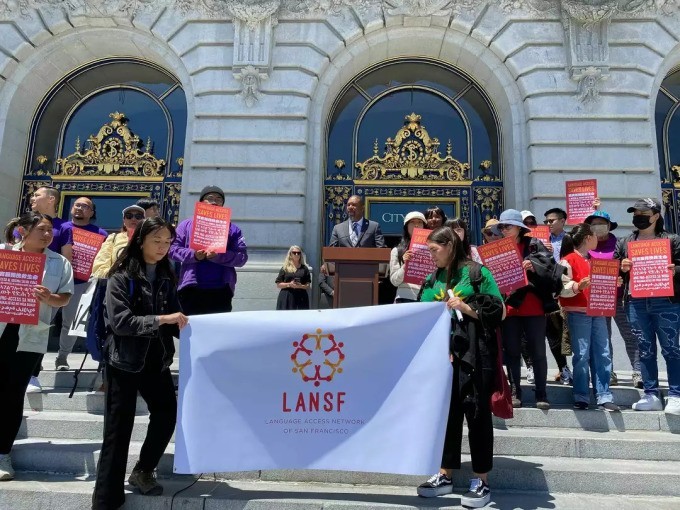The Cheapest Places To Live On A Budget In The United States
A low cost of living is attractive, but the allure lessens if jobs are hard to come by, paychecks are small or the area offers little to do. Plan an extended visit to ensure the city fits your needs. C2ER's Cost of Living Index measures prices for housing, groceries, utilities, transportation, healthcare, and miscellaneous goods and services, such as going to a movie or getting your hair done at a salon. Take a look at these best and cheapest places to live in the U.S, based on Forbes’s ranking.
1. New Jersey
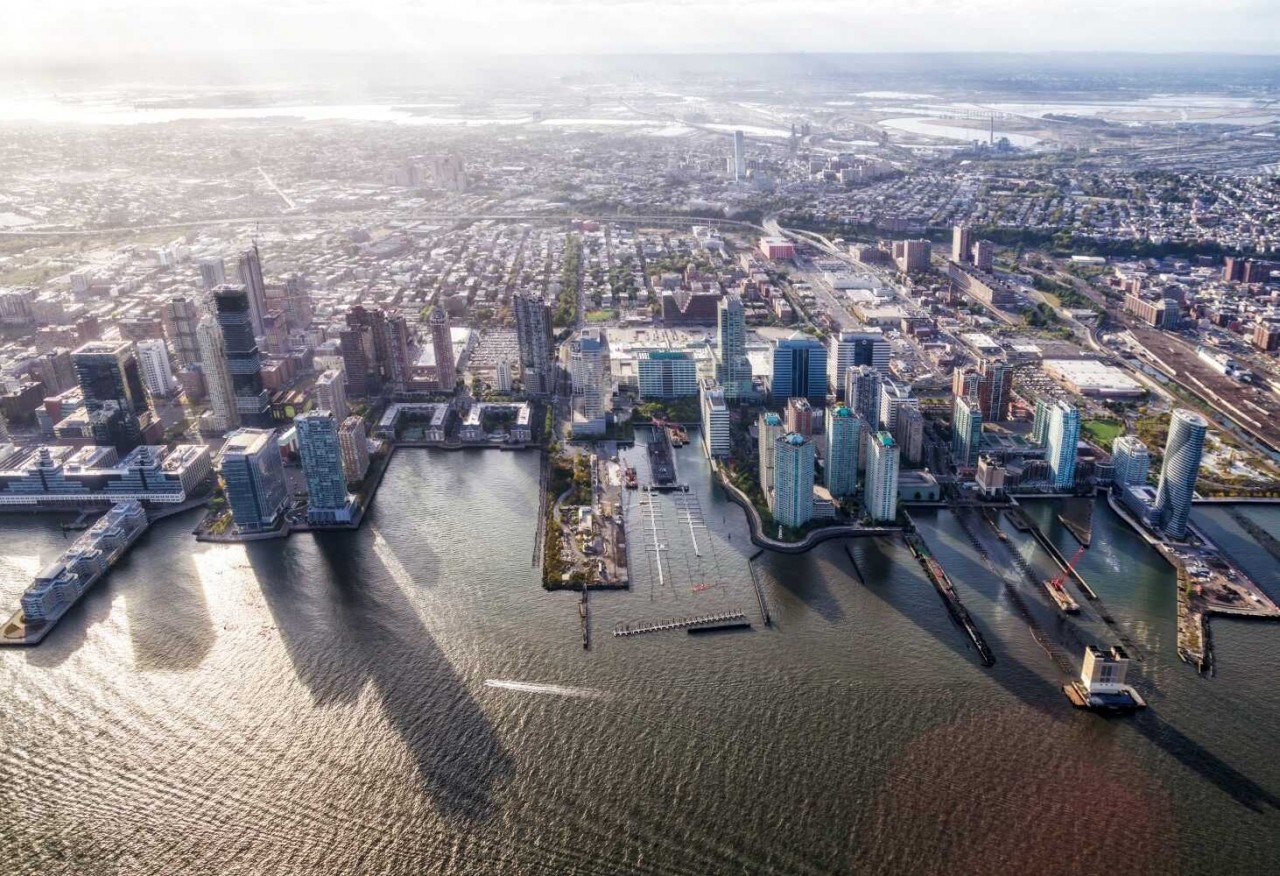 |
| Photo: Getty Images |
New Jersey is a state in the Mid-Atlantic and Northeastern regions of the United States. It is bordered on the north and east by the state of New York; on the east, southeast, and south by the Atlantic Ocean; on the west by the Delaware River and Pennsylvania; on the southwest by Delaware Bay and the state of Delaware. At 7,354 square miles (19,050 km2), New Jersey is the fifth-smallest state based on land area, but with close to 9.3 million residents, is the 11th-most populous and the most densely populated. New Jersey's state capital is Trenton, while the state's most populous city is Newark. With the sole exception of Warren County, all counties in the state lie within the combined statistical areas of New York City or Philadelphia; consequently, the state's largest metropolitan area falls within Greater New York.
New Jersey's central location in the Northeast megalopolis fueled its rapid growth and suburbanization in the second half of the 20th century. At the turn of the 21st century, its economy increasingly diversified, with major sectors including biotechnology, pharmaceuticals, specialized agriculture, and informational technology. New Jersey remains a major destination for immigrants, with one of the most multicultural populations in the U.S.
2. West Virginia
 |
| Photo: History.com |
Living in West Virginia is less expensive than it is on average across the U.S. as a whole. According to data from the Bureau of Economic Analysis, goods and services in the state cost 12.2% less than they do on average nationwide. Compared with all other states, West Virginia has the fifth-lowest overall cost of living.
In general, living in dense, urban metro areas is more expensive than living in more rural areas. West Virginia is home to seven metropolitan areas. The most expensive in the state is the Morgantown metro area, where the cost of goods and services is 10.1% lower than the national average and 2.1% higher than the statewide average.
Just as the cost of living varies from state to state, it also varies from place to place within states. In West Virginia, Jefferson County, home to the town of Corporation of Ranson, has the highest overall cost of living for a family of four at $88,574 per year, well above the statewide average of $79,573 per year.
Meanwhile, Ritchie County is the least expensive place in West Virginia. The average annual cost of living for a family of four in the area is just $71,994, $7,580 less than it is across the state as a whole. Harrisville is the most populous community in Ritchie County.
3. Arkansas
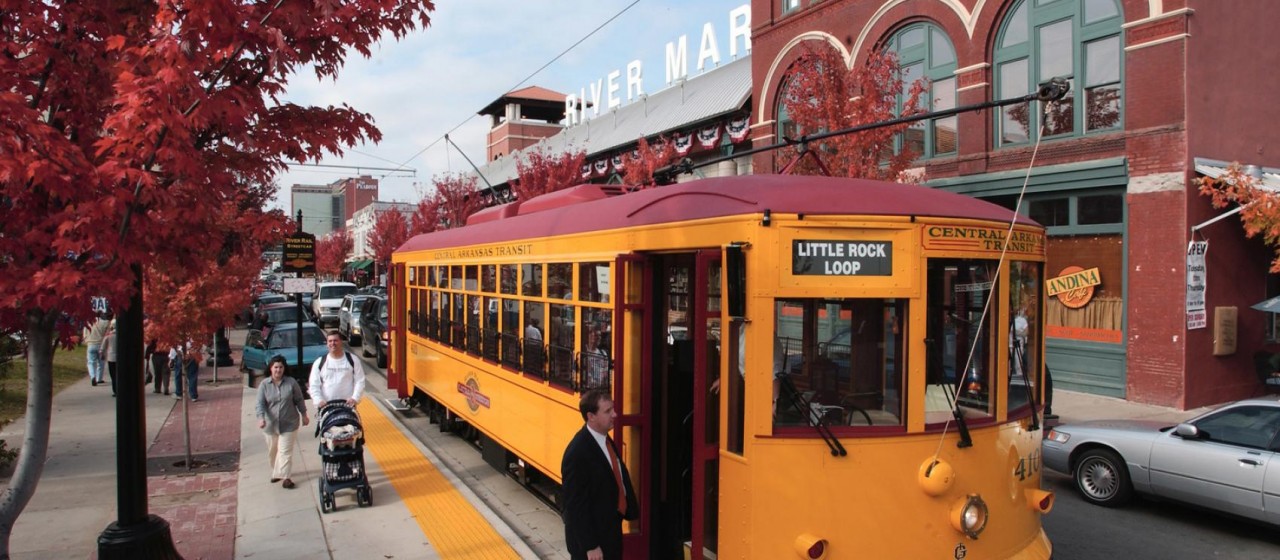 |
| Photo: Visit The USA |
Compared to the rest of the country, Arkansas has a much lower cost of living. A dollar in Arkansas supports more real spending than it does in more expensive states. C2ER’s Cost of Living Index reported that Arkansas’ cost of living is approximately 14% lower than the rest of the nation. The index can be used to compare average prices for grocery, housing, utilities, transportation, healthcare, and more.
Coupled with affordable housing costs, some of the lowest utility rates in the country make Arkansas a comfortable place to call home. According to the Global Energy Institute, the average household spent only $1,892 in 2019 on energy, which is 8.7% below the national average.
In Arkansas, the cost for necessities is low, so you can take advantage of all our state offers without sacrificing affordability. When your dollar goes further, it’s easy to see why the Natural State has such an excellent quality of life.
4. Indiana
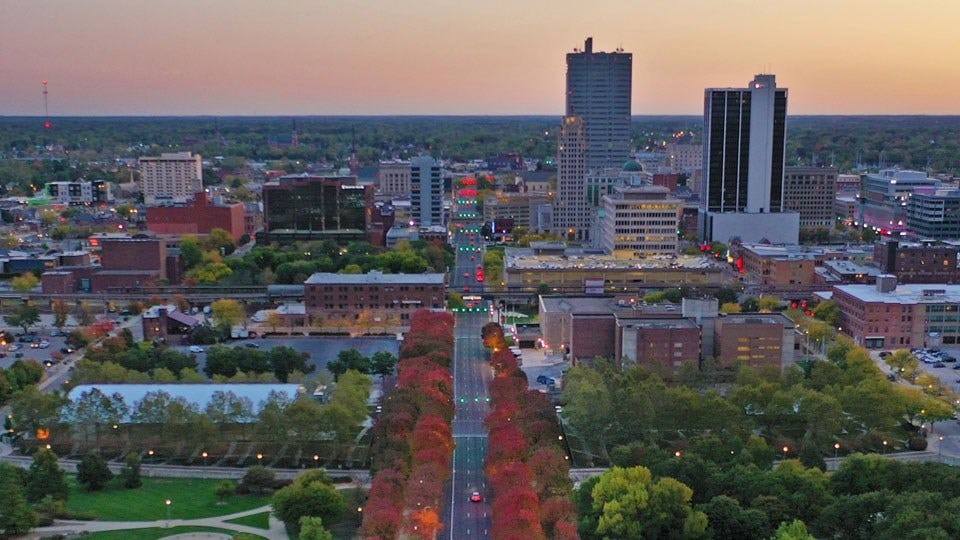 |
| Photo: Inside INdiana Business |
Although Indiana has taxes in the major tax categories: Income, sales, and corporate, overall it is a tax-friendly state. The highest individual tax rate is 3.23%. Sales taxes are at 7% with additional excise taxes on motor vehicles, alcohol, tobacco, and gasoline. Indiana has been implementing tax reforms in recent years that are designed to reduce the overall tax burden on residents. Overall, Indiana’s tax-friendly environment could help to lower the cost of living. ( 2021-11-29 salary.com )
Healthcare access and affordability and your cost of living
Indiana is ranked number 28 out of all states in overall healthcare access and affordability. Healthcare costs make up a significant part of the cost of living. The ability to afford healthcare as well as the ability to access care are key indicators of how much you will be paying for this important resource if you move to another state. Affordability is generally measured by the rates set for insurance coverage in a state, as well as the out-of-pocket expenses that need to be paid by you when receiving the care. If rates or out-of-pocket expenses are high, your cost of living will increase. Access to healthcare is how easy or difficult it may be to receive the care. Access is measured by identifying barriers that might prevent the delivery of care such as the inability to obtain insurance coverage, having to travel long distances to health care centers, and lack of sufficient facilities and/or healthcare professionals. The timeliness of care, how fast you can get to see a healthcare provider, is other important measure. ( 2021-11-29 salary.com )
Cold winters and the cost of living
Energy is one of the costs that contribute to the cost of living in a state. The cost of your utilities may fluctuate based on weather conditions. Indiana is noted as a state that has some of the worst winter weather in the U.S. Snow, bitterly cold temperatures, storms, and strong winds can force you indoors for days on end. This typical winter weather can drive your energy costs and cost of living higher than in states with a milder climate. Expect to pay more for your utility bills during the winter months. ( 2021-11-29 salary.com )
5. Missouri
 |
| Photo: Midwest Living |
Living in Missouri is less expensive than it is on average across the U.S. as a whole. According to data from the Bureau of Economic Analysis, goods and services in the state cost 11.2% less than they do on average nationwide. Compared with all other states, Missouri has the ninth-lowest overall cost of living.
In general, living in dense, urban metro areas is more expensive than living in more rural areas. Missouri is home to eight metropolitan areas. The most expensive in the state is the Kansas City metro area, where the cost of goods and services is 7.1% lower than the national average and 4.1% higher than the statewide average.
Few expenses vary as much from state to state as taxes. Accounting for state and federal income taxes, as well as Social Security contributions and Medicare payroll, the average adult working in Missouri pays $5,639 annually in taxes -- below the national average of $6,542.
Excluding federal taxes and incorporating state and local taxes such as property and sales taxes -- the state and local tax burden in Missouri is lower than the average across the U.S. as a whole. Per capita state tax collections in Missouri come out to $2,126 per year, compared to the $3,151 average across all states.
6. Utah
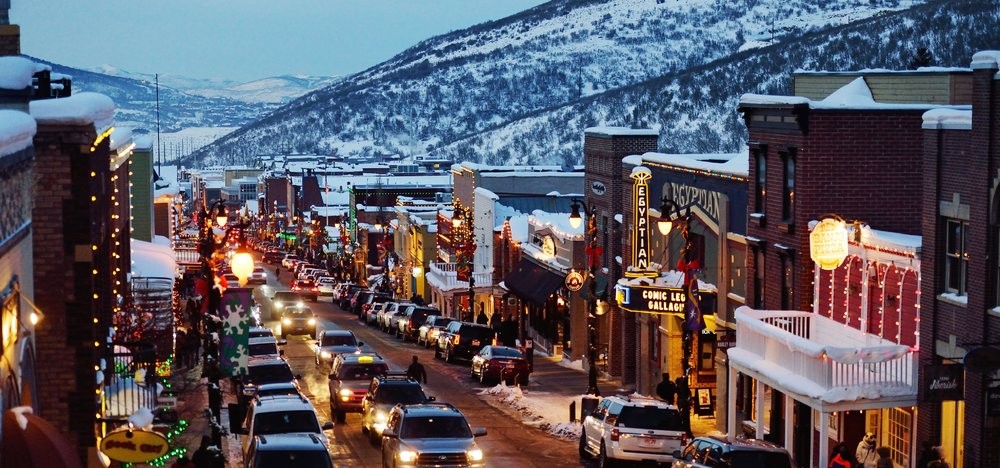 |
| Photo: USNews.com |
Living in Utah is less expensive than it is on average across the U.S. as a whole. According to data from the Bureau of Economic Analysis, goods and services in the state cost 3.4% less than they do on average nationwide. Compared with all other states, Utah has the 24th highest overall cost of living.
In general, living in dense, urban metro areas is more expensive than living in more rural areas. Utah is home to five metropolitan areas. The most expensive in the state is the Salt Lake City metro area, where the cost of goods and services is 1.3% lower than the national average and 2.1% higher than the statewide average.
Few expenses vary as much from state to state as taxes. Accounting for state and federal income taxes, as well as Social Security contributions and Medicare payroll, the average adult working in Utah pays $5,938 annually in taxes -- below the national average of $6,542. Excluding federal taxes and incorporating state and local taxes such as property and sales taxes -- the state and local tax burden in Utah is lower than the average across the U.S. as a whole. Per capita state tax collections in Utah come out to $2,543 per year, compared to the $3,151 average across all states.
Just as cost of living varies from state to state, it also varies from place to place within states. In Utah, Summit County, home to the city of Park City, has the highest overall cost of living for a family of four at $97,617 per year, well above the statewide average of $79,786 per year.
Meanwhile, Box Elder County is the least expensive place in Utah. The average annual cost of living for a family of four in the area is just $74,095, $5,692 less than it is across the state as a whole. Brigham City is the most populous community in Box Elder County.
7. Mississippi
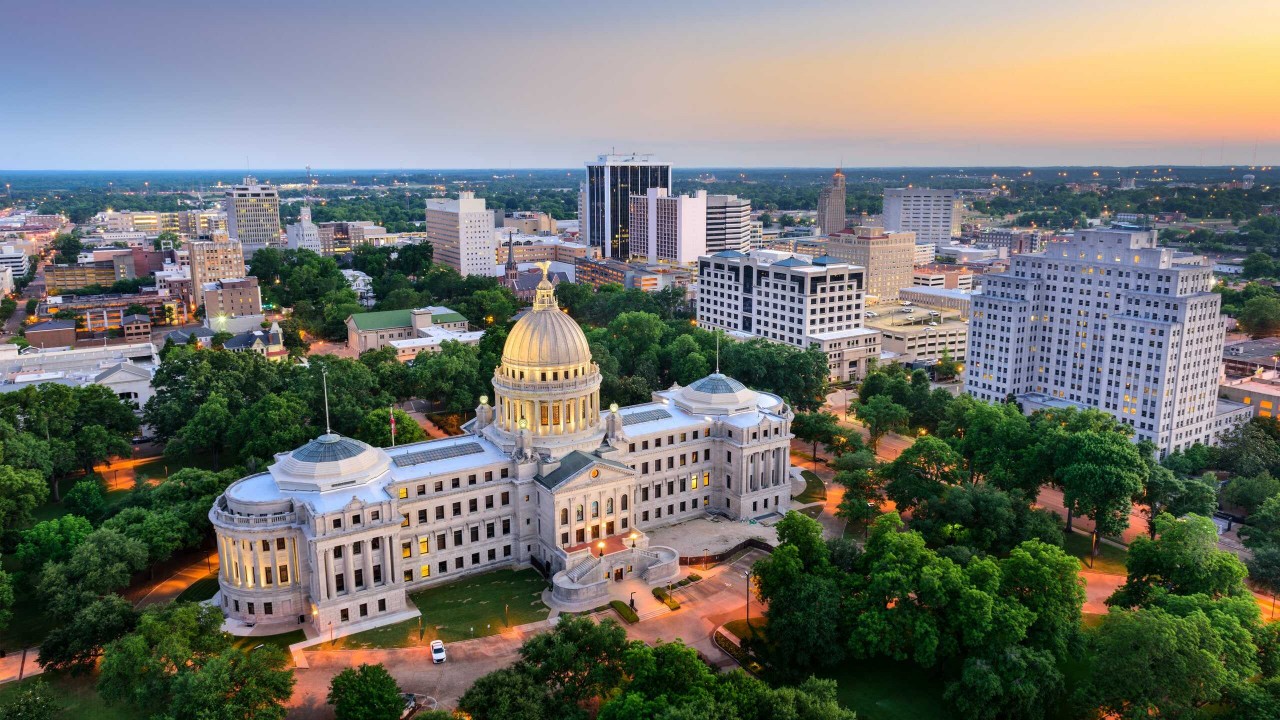 |
| Photo: Getty Images |
Living in Mississippi is less expensive than it is on average across the U.S. as a whole. According to data from the Bureau of Economic Analysis, goods and services in the state cost 14.0% less than they do on average nationwide. Compared with all other states, Mississippi has the second-lowest overall cost of living.
In general, living in dense, urban metro areas is more expensive than living in more rural areas. Mississippi is home to three metropolitan areas. The most expensive in the state is the Jackson metro area, where the cost of goods and services is 10.8% lower than the national average and 3.2% higher than the statewide average.
Few expenses vary as much from state to state as taxes. Accounting for state and federal income taxes, as well as Social Security contributions and Medicare payroll, the average adult working in Mississippi pays $5,784 annually in taxes -- below the national average of $6,542.
Excluding federal taxes and incorporating state and local taxes such as property and sales taxes -- the state and local tax burden in Mississippi is lower than the average across the U.S. as a whole. Per capita state tax collections in Mississippi come out to $2,642 per year, compared to the $3,151 average across all states.
Just as the cost of living varies from state to state, it also varies from place to place within states. In Mississippi, Madison County, home to the city of Madison, has the highest overall cost of living for a family of four at $76,606 per year, well above the statewide average of $65,454 per year.
Meanwhile, Scott County is the least expensive place in Mississippi. The average annual cost of living for a family of four in the area is just $57,196, $8,259 less than it is across the state as a whole. Forest is the most populous community in Scott County.
 | Hoi An among world’s cheapest travel destinations Hoi An town in Central Vietnam finishes eighth on this year’s annual list of 10 cheapest tourist destinations in the world. |
 | 18-year-old restaurant serves "cheapest rice porridge in Saigon" Customers can have a bowl full of rice porridge (congee) for only VND 1,000 at a restaurant voted by many Saigonese as one of the ... |
 | Top cheapest places to live in Vietnam In 2020, Hanoi had the most expensive cost of living index while Hau Giang province was the cheapest, according to the General Statistics Office (GSO). |
Recommended
 Handbook
Handbook
Vietnam Moves Up 8 Places In World Happiness Index
 Handbook
Handbook
Travelling Vietnam Through French Artist's Children Book
 Multimedia
Multimedia
Vietnamese Turmeric Fish among Best Asian Dishes: TasteAtlas
 Handbook
Handbook
From Lost to Found: German Tourist Thanks Vietnamese Police for Returning His Bag
Popular article
 Handbook
Handbook
Prediction and Resolution for the Disasters of Humanity
 Handbook
Handbook
16 French Films To Be Shown For Free During Tet Holiday In Vietnam
 Handbook
Handbook
Unique Cultural and Religious Activities to Welcome Year of the Snake
 Handbook
Handbook





